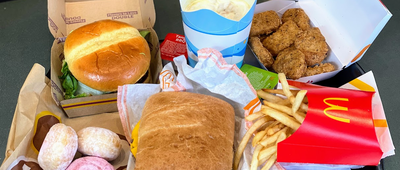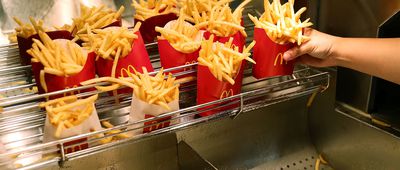New York City
Opened: 1837
Author Paul Freedman's social history book "Ten Restaurants That Changed America" begins with Delmonico's, an eatery that elevated dining out in America to new heights of service and formality. Reportedly the first eatery to even call itself a restaurant, Delmonico's also originated many popular American dishes including eggs Benedict, chicken a la king, wedge salad, and lobster Newberg. Over the years it has hosted such icons as Mark Twain, Abraham Lincoln, Nikola Tesla, and Oscar Wilde. A temporary closure during the pandemic became a permanent one, and the phone has been disconnected.
Related: Iconic Restaurants That the Pandemic Has Closed Permanently




























